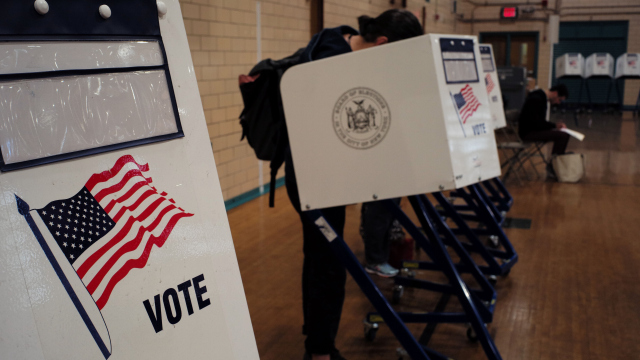Fifty years ago this year, in July 1971, the 26th Amendment was ratified, giving American citizens ages 18-20 the right to vote in all elections. It took just over three months for the requisite three-fourths of states to ratify the amendment, the fastest such process in American history. The slogan “Old enough to fight, old enough to vote” captured the persuasive argument that as long as 18-year-olds were eligible to be drafted to fight in the Vietnam War, they should be eligible to vote.
But it was not quite that simple. The full story of how the voting age in the United States was lowered from 21 to 18 is longer, more complex, and full of dynamics that make for excellent social studies learning opportunities. Professor Jennifer Frost’s new teaching resource published in the New York Times gives educators the materials and discussion questions to help students explore the significance of the change to the voting age. It includes primary source news clippings from the 1940’s through 1970’s that touch on public opinion, youth-led activism, journalism, and state and federal politics.
The resource also helps students think about youth voter turnout more recently and consider efforts to reexamine the voting age today, such as Generation Citizen’s Vote16USA initiative.
Explore the full resource here.
This piece was written by GC Associate Director of Campaigns, Brandon Klugman.
